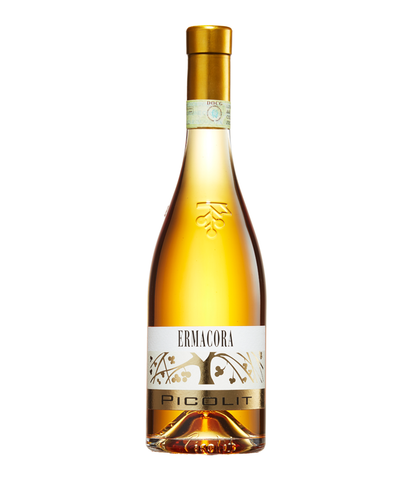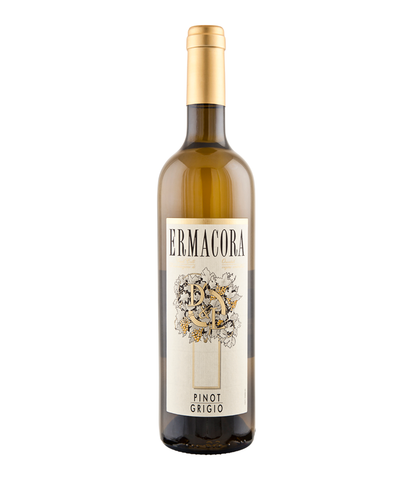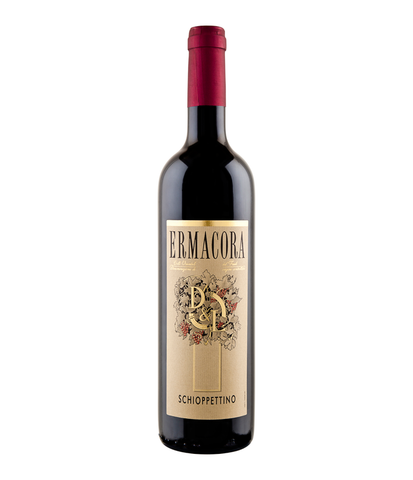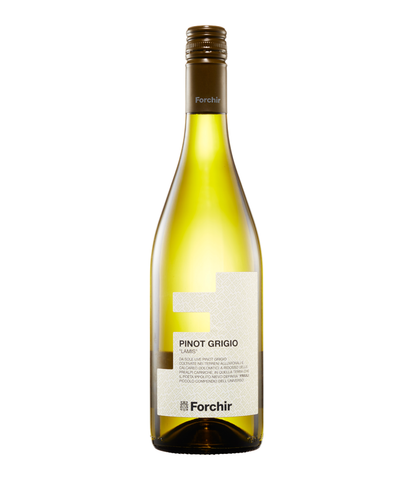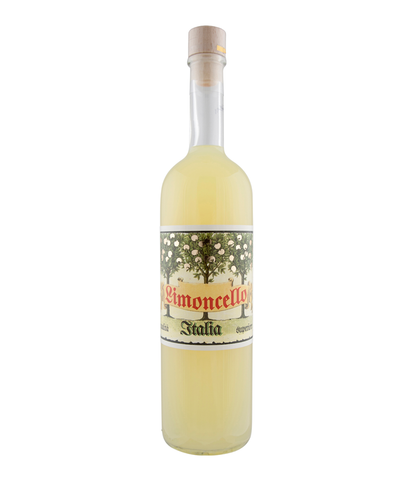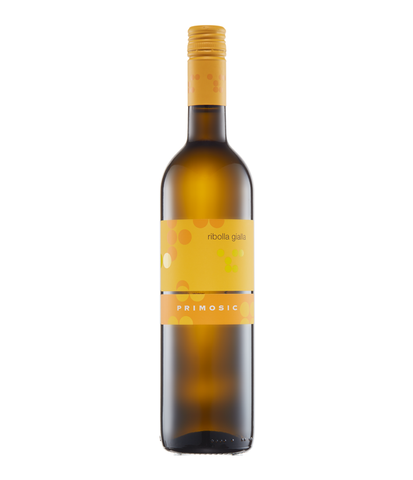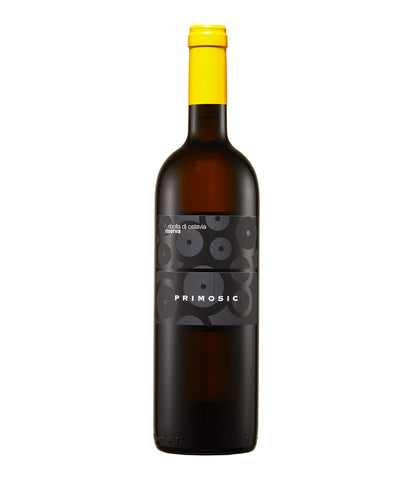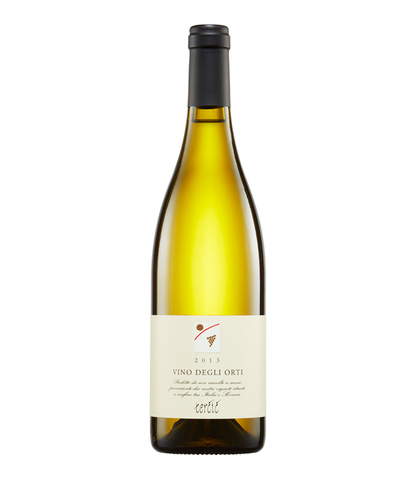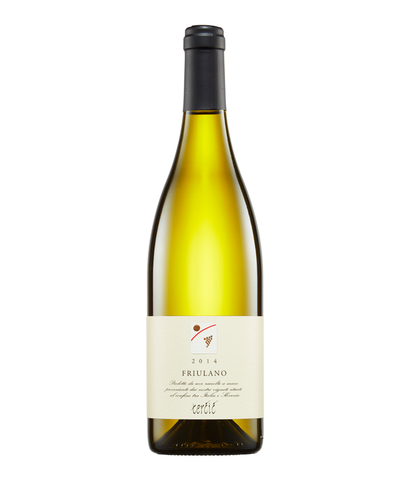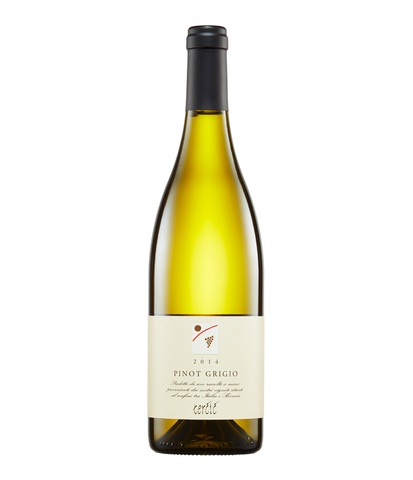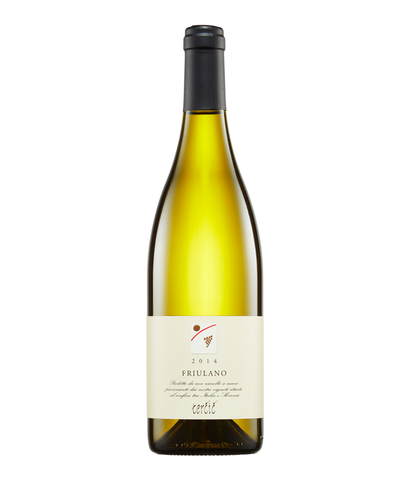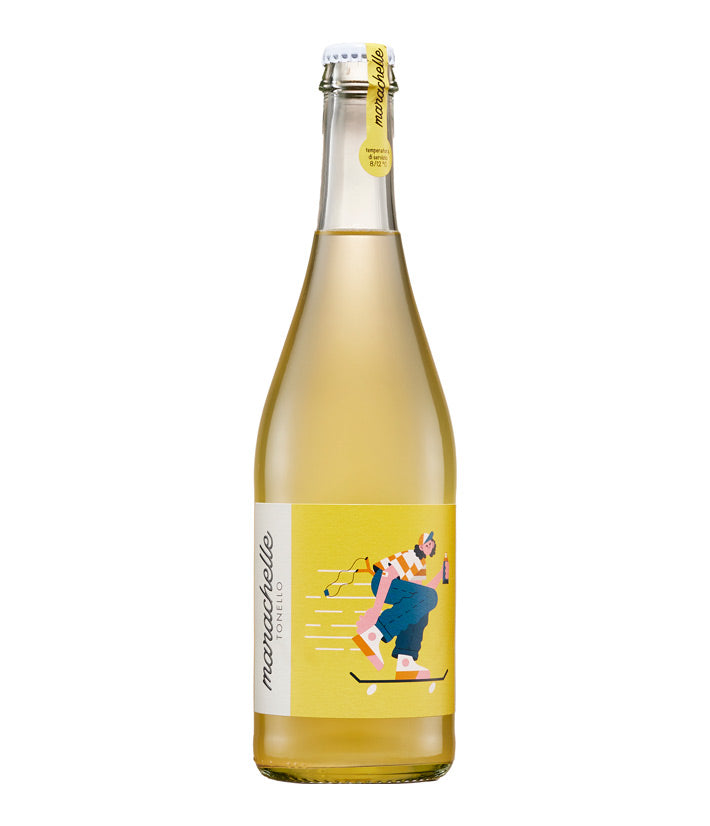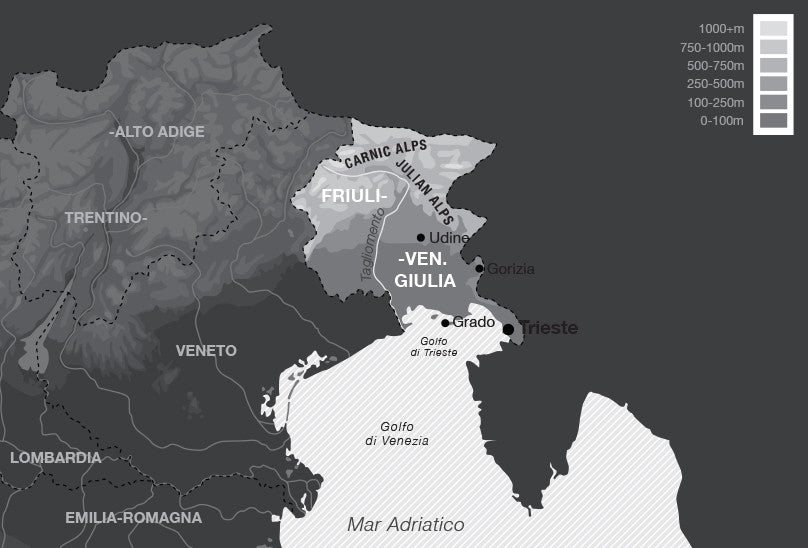
Friuli-Venezia Giulia
As in many parts of Italy, the political borders that define Friuli as a region are exactly as they appear: simple lines on a map. The reality is that along with many of the geographical features – including some of the wine regions – the culture traverses today’s invisible boundaries far more definitively.
The region has seen waves of conquest over the centuries, from their future countrymen from Rome and, for a lengthy occupancy, by their neighbours the Venetians, to hordes of barbarians and the mighty Austro-Hungarian Empire, amongst others. Today, much like Alto Adige, Friuli very much has its own distinct and fiercely maintained identity, including its own language.
Bordering Slovenia and Austria (and some may joke, Italy), Friuli lays claim to some of the finest white wines in Italy, vying with...READ MORE
Friuli-Venezia Giulia
As in many parts of Italy, the political borders that define Friuli as a region are exactly as they appear: simple lines on a map. The reality is that along with many of the geographical features – including some of the wine regions – the culture traverses today’s invisible boundaries far more definitively.
The region has seen waves of conquest over the centuries, from their future countrymen from Rome and, for a lengthy occupancy, by their neighbours the Venetians, to hordes of barbarians and the mighty Austro-Hungarian Empire, amongst others. Today, much like Alto Adige, Friuli very much has its own distinct and fiercely maintained identity, including its own language.
Bordering Slovenia and Austria (and some may joke, Italy), Friuli lays claim to some of the finest white wines in Italy, vying with Alto Adige for supremacy. This reputation was largely enhanced, if not created, by forward-thinking producers in the second half of the 20th century, who turned to methods far gentler than those traditionally employed. This move to using stainless steel and cool fermentation techniques served to preserve and refine the aromatic detail of the fruit, while still retaining the characteristic intensity and textural weight that was always synonymous with the region.
Not surprisingly, Friulano (formerly Tocai Friulano) takes centre stage amongst the local whites (it’s not the most widely planted, but it is the most emblematic), although Ribolla Gialla and, perhaps to a lesser extent, Picolit provide essential autochthonous definition. Pinots Bianco and Grigio are as fine as anywhere else in the country (with Grigio dominating Friulian plantings), though typically more powerfully built. The superior Malvasia, Malvasia Istriana, emphasises Friuli’s connection to Slovenia and Croatia and can make wines of great character. These varieties, and others, are typically bottled and labelled varietally, but various blends make for some of Friuli’s most compelling wines.
In general, the wine regions of Friuli can be broadly categorised: the alluvial plains that stretch across the west, from the more continental (Grave) to the maritime (Annia, Aquileia and Latisana); the hilly sections – and most prized – that run along the Slovenian border (Collio and Colli Orientali); the alluvial flats flanking the Isonzo river (Isonzo); and the rugged political peninsula of the Province of Trieste along the Adriatic coast (Carso). The soils are, again broadly, divided between the alluvial sands of the plains, the famous Ponca (marl, calcareous clay and sandstone) of the Collio and Colli Orientali, and the craggy mineralic limestone of Carso.
Although historically less important, and today still shored up by much undistinguished Merlot, red wine is somewhat of a dark horse in Friuli. The Bordeaux varieties have considerable presence, and can make high-quality wines, however it is with the autochthonous Pignolo, Refosco and Schioppettino that the brightest potential resides.
Principal denominations: Carso DOC, Colli Orientali del Friuli Picolit DOCG, Collio Goriziano/Collio DOC, Friuli Grave, Friuli Colli Orientali DOC, Isonzo del Friuli DOC, IGP delle Venezie, IGP Venezia Giulia, Prosecco DOC, Ramandolo DOCG, Rosazzo DOCGImportant white varieties: Chardonnay, Glera, Friulano, Malvasia, Picolit, Pinot Bianco, Pinot Grigio, Ribolla Gialla, Sauvignon Blanc, Verduzzo
Important red varieties: Cabernet Franc, Cabernet Sauvignon, Carmenère, Merlot, Pignolo, Refosco, Schioppettino
COLLAPSE TEXT
- Page 1 of 1
-
- Page 1 of 1
-
